For many, the phrase ‘Egyptian beauty’ brings up images of Pharaohs and Ancient Egypt. However, in the past 100 years alone, the meaning of beauty in Egypt has changed.
While Egypt has been undergoing immense political, social and economic change, it has also witnessed a change in beauty and fashion. Aiming to explore ‘100 years of beauty’ in Egypt, WatchCut Video put together various looks from different decades that show how Egyptian beauty has changed.
“The looks we have chosen are very diverse in nature. Each represents various political struggles in each decade,” explains Jacinthe Assaad, the researcher behind the video, in a ‘Behind the Looks’ video.
“The look chosen for the 1910s represented the urban look that women would wear to step outside the home,” says Assaad.
“It was a way to keep the private private, but in public.”
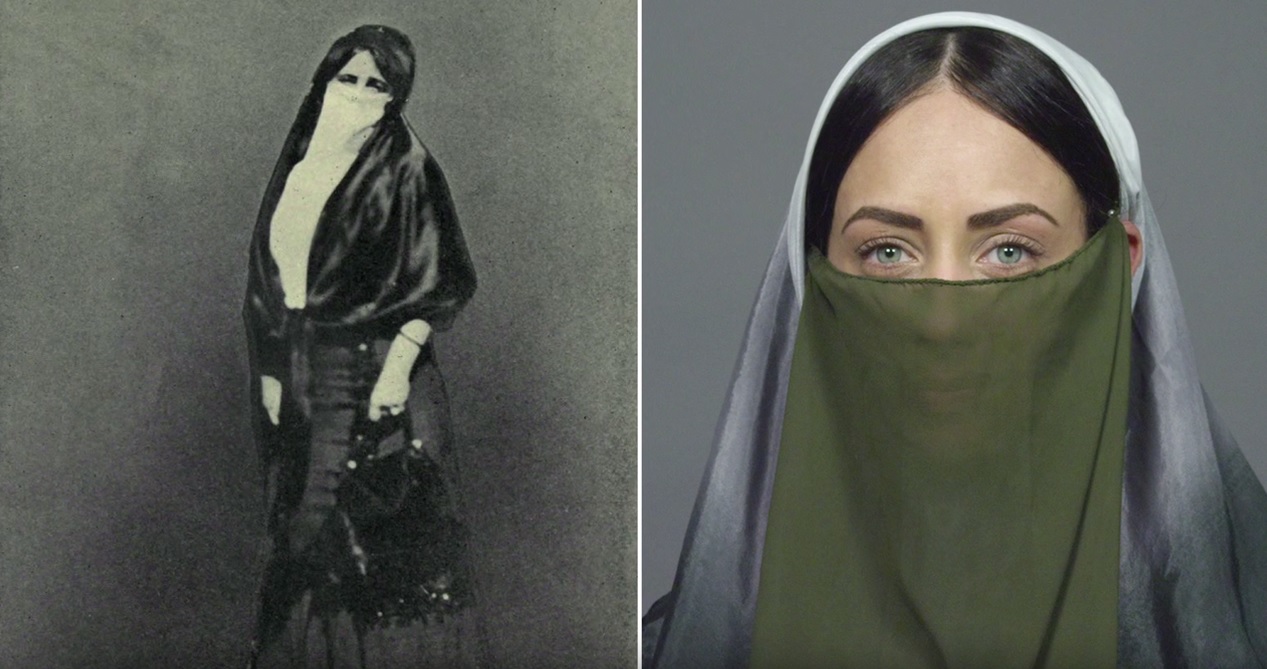
For the 1920s, Assaad found inspiration from one of Egypt’s most well-known feminists Huda Sha’arawi.
“Huda Sha’arawi in 1919 actually did take off her veil as a sign of resistance. It was a moment of liberation, and she is the pioneer of the Egyptian feminist movement,” says Assaad.
For beauty between 1930 and 1960, WatchCut Video brought back memories of Egypt’s golden age of cinema. During that period, the vibrant Egyptian cinema industry was the third largest in the world, mirroring Egypt’s cultural, economic and political leadership and advances.
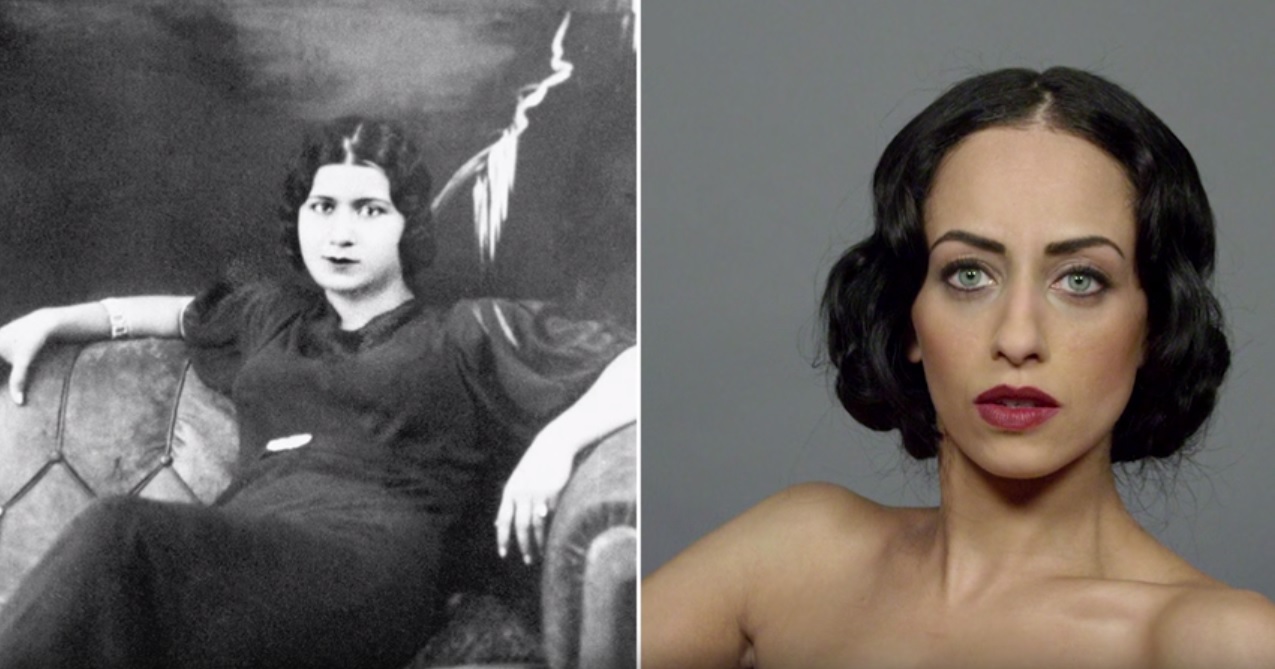
“For the 1930s we chose the image of Umm Kulthum…known as the star of the Middle East. She had the capability of gathering the public,” says Assaad.
“[She] had a couple of very interest traits, one of them was that she used to hold a handkerchief and she used to express her emotions deeply.”
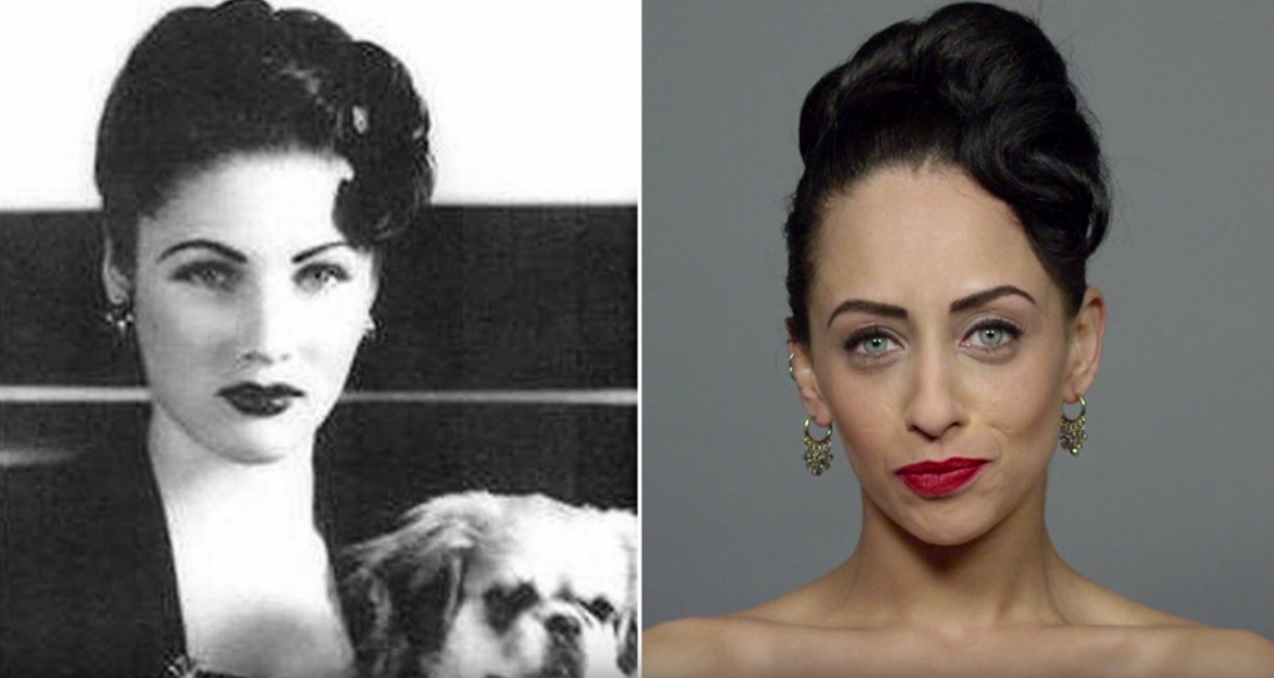
Meanwhile, Princess Fawzia Fuad of Egypt, the daughter of King Fuad I, was chosen as an inspiration for the 1940s look.
For the 1950s, one of Doria Shafiq’s was chosen to represent beauty from that decade. Doria Shafiq was among the leaders of the women’s liberation movement that took place in Egypt and she is largely responsible for successfully campaigning for women to be granted the right to vote by the constitution.
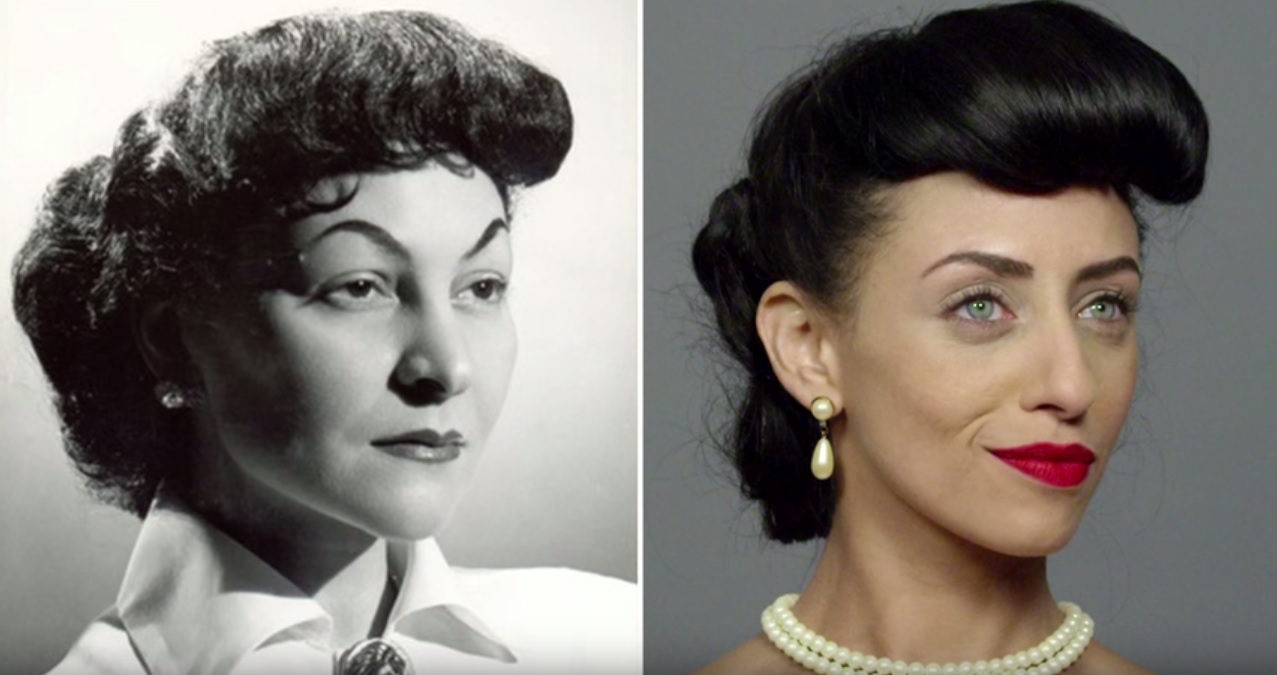
Stepping away from celebrities and well-known figures, an image of a factory worker was chosen to represent the 1960s look.
“There was a boom in local economy…it was a moment in Egypt where we were liberated from colonial power,” explains Assaad.
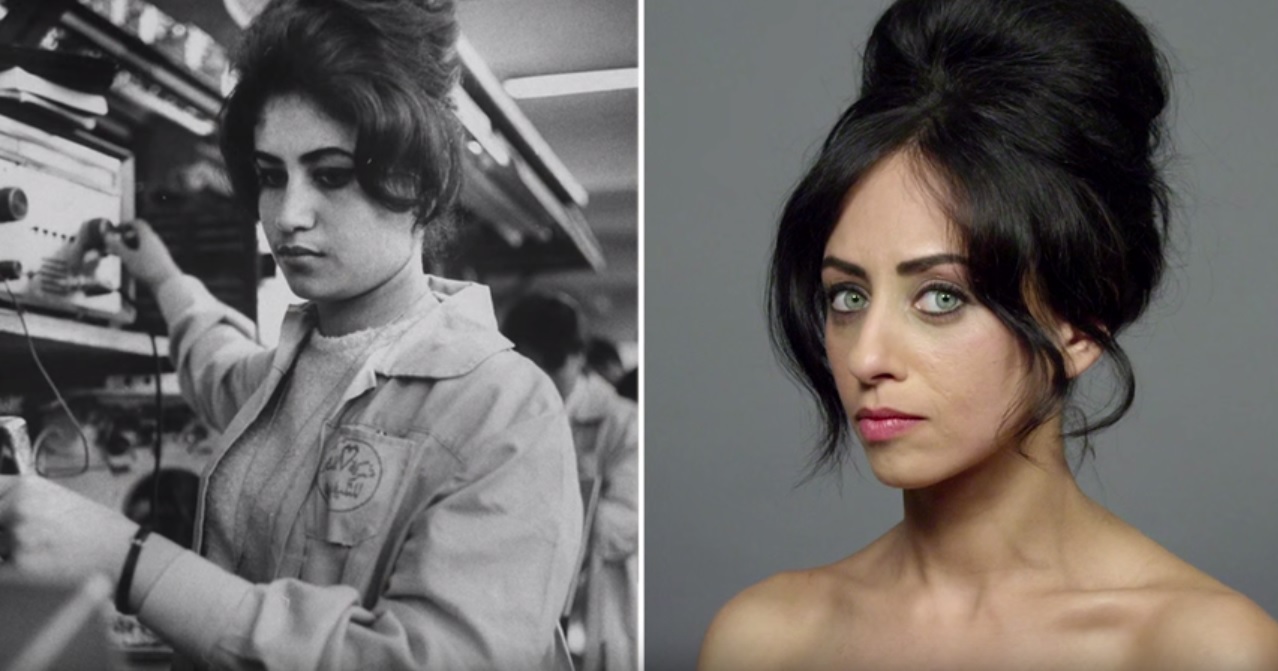
“Therefore there was an idea of adopting particular western choices but making them much more conservative.
Returning to celebrities, the video then took inspiration from the ‘Sweetheart of Egyptian Cinema’ Souad Hosni.
“Men, women, children, girls, boys [all] loved her,” says Assaad.
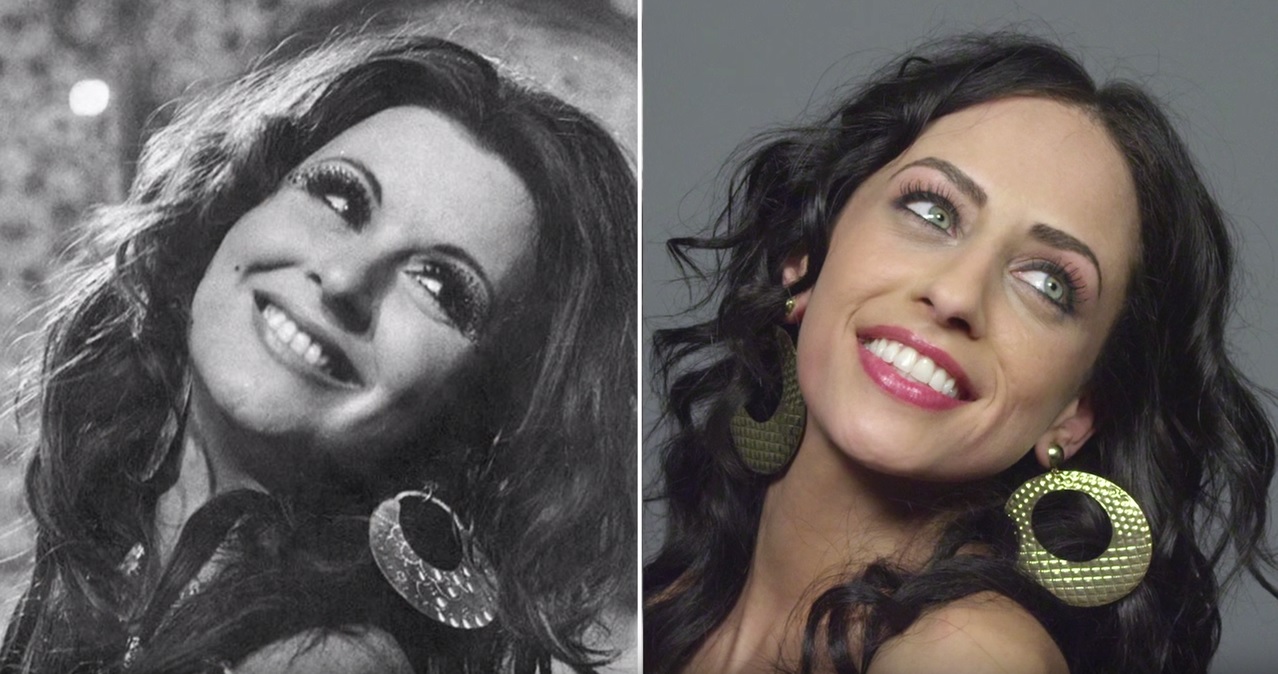
While the period between the 1930s and the 1960s saw unveiled women represented, the 1970s and 1980s saw a return of the veil.
“During the 1980s there was a lot of social dissent against Sadat’s open door policy…one of which was that he was very westernized and allowed a lot of western norms to infiltrate society,” says Assaad, adding that many religious-minded people migrated to the Gulf before returning in the 1980s and bringing back their fashion sense and conservatism.
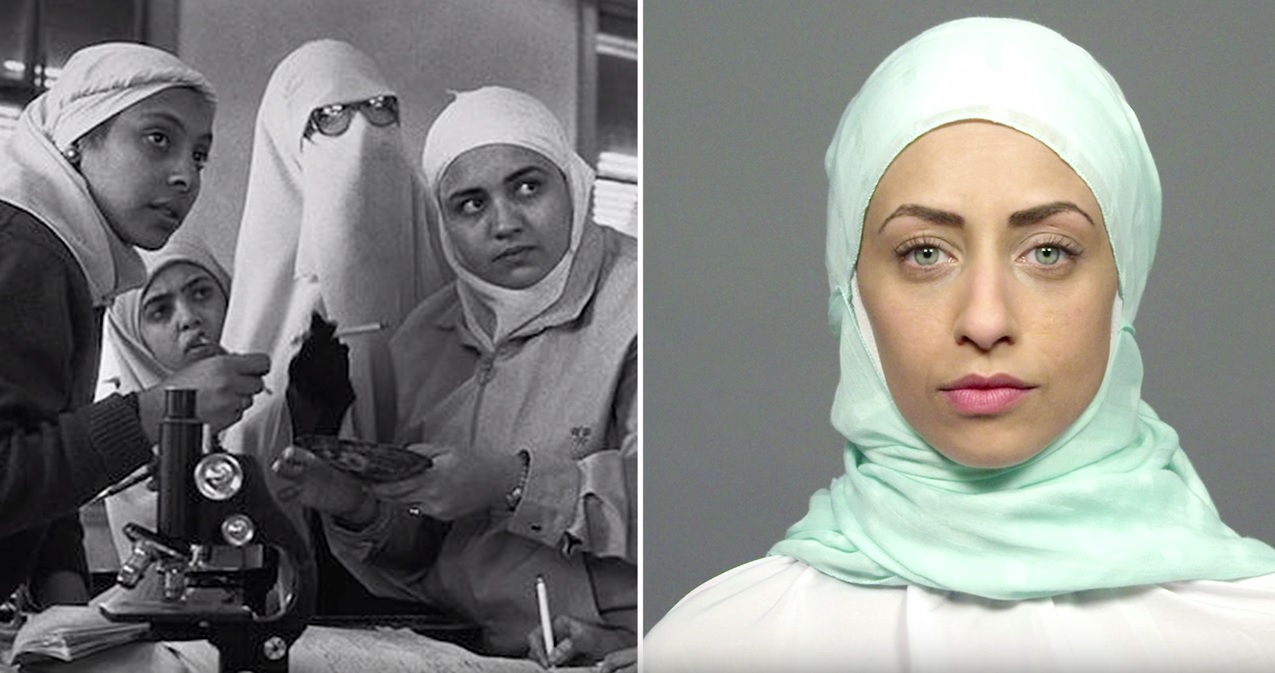
Sherihan, an Egyptian actress and singer, was chosen for the 1990s look. The singer used to “wear over the top glittery sequin dresses and gowns and she was one of the people who were affected by the religious waves of the 90s.”
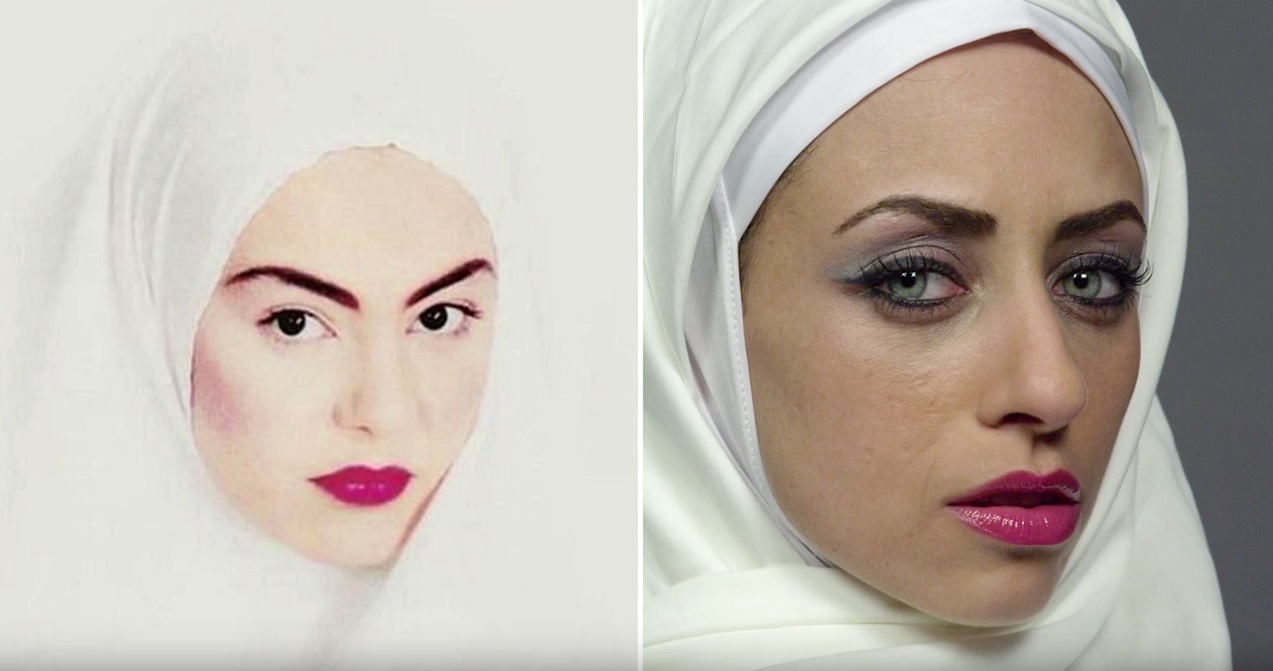
However, with pop culture having deeper impacts on Egyptian society, mostly thanks to globalization and the internet, the 2000s saw ways in which Egyptians attempted to reconcile their conservative and modernist aspects.
“For instance, a lot of the veiled young women wanted to wear sleeveless tops, tops that had cleavage, and in order to be able to do so, they would wear long sleeve tops underneath them…creating a very interesting hybrid fashion,” says Assaad.
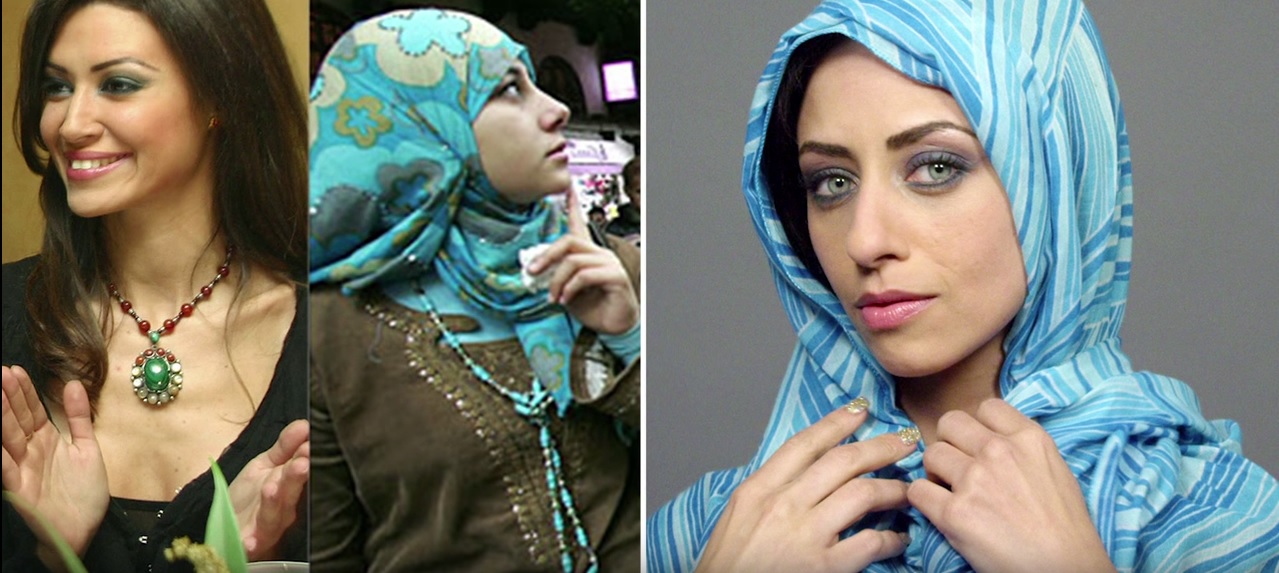
Ending with the 2010s and Egypt’s January 25 Revolution, Assaad says the image created “combines a couple of elements that were born out of the revolution…one of them was the symbol of the flag…and the other element was the thumb print.”
“During the revolution, the youth fought for the right to be heard, and the right to be heard is embodied in the right to vote in an election that we hope is not corrupt.”

While many may argue that the veil does not necessarily represent all women in Egypt, Assaad explains that the video was not aimed at resolving any debates.
“We want people to be quite aware that the veil means different things to the West and the East,” says Assaad.
“The West chose the veil as a symbol of the oppression of Muslim and Arab women. One of the arguments is that the veil represents the entry of the women into the public sphere. It is what allows them to be political beings,” continues Assasad.
“All of our standards of beauty and anything that is remotely related to aesthetics, in terms of art and beauty, is linked incestuously to politics.”
Watch ‘Research Behind the Looks’ below and let us know what you think.
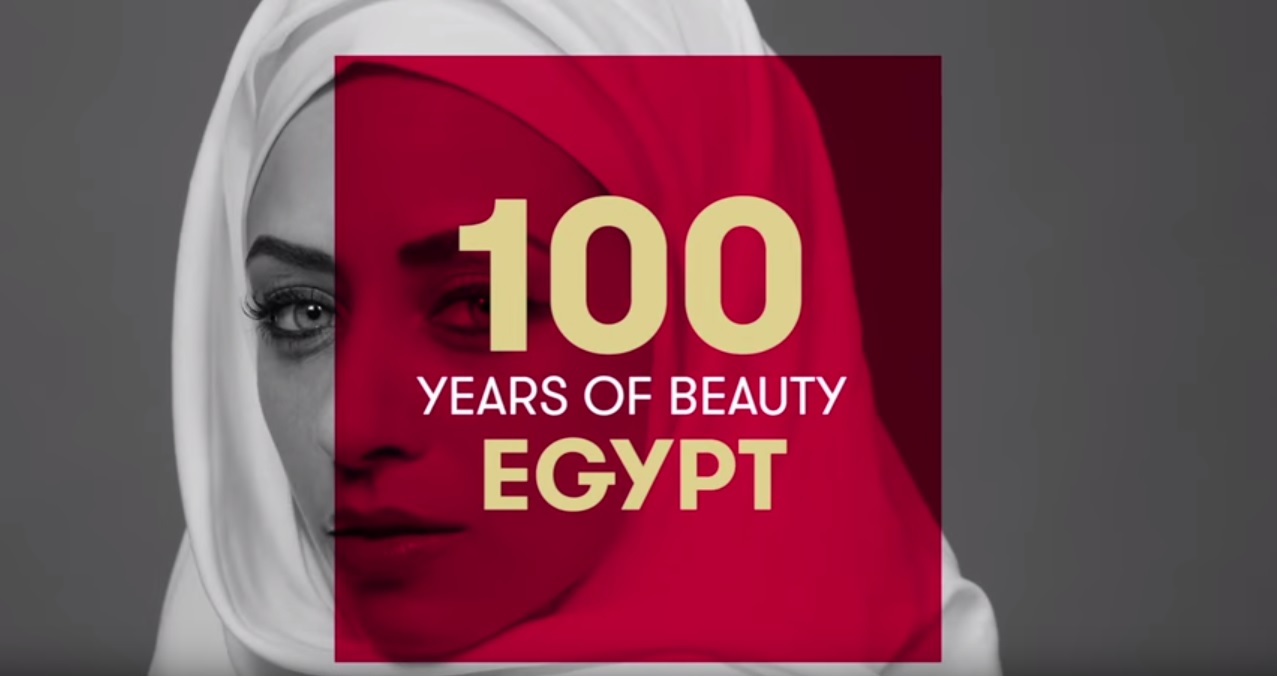




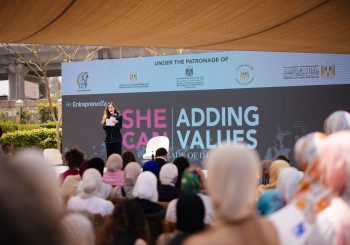
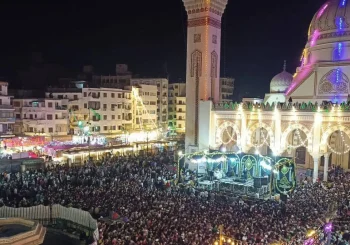
Comments (2)
[…] the 1960s, beauty ideals in Egypt drew from Western standards. The era favored a balanced blend of Western-style simplicity and traditional elegance, with women […]
[…] Read more ….. […]